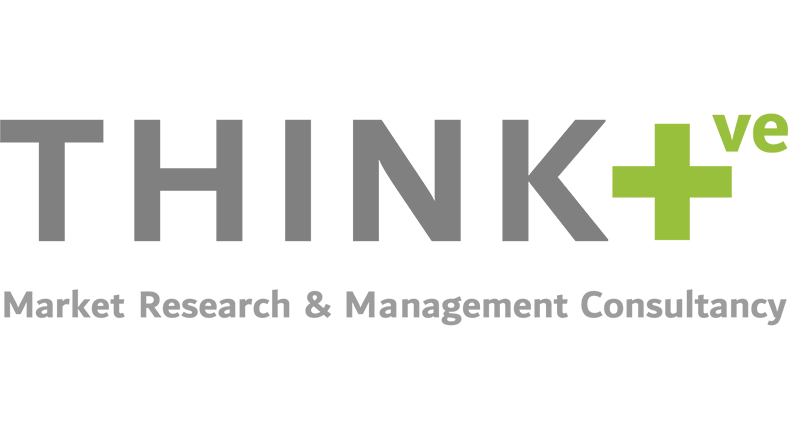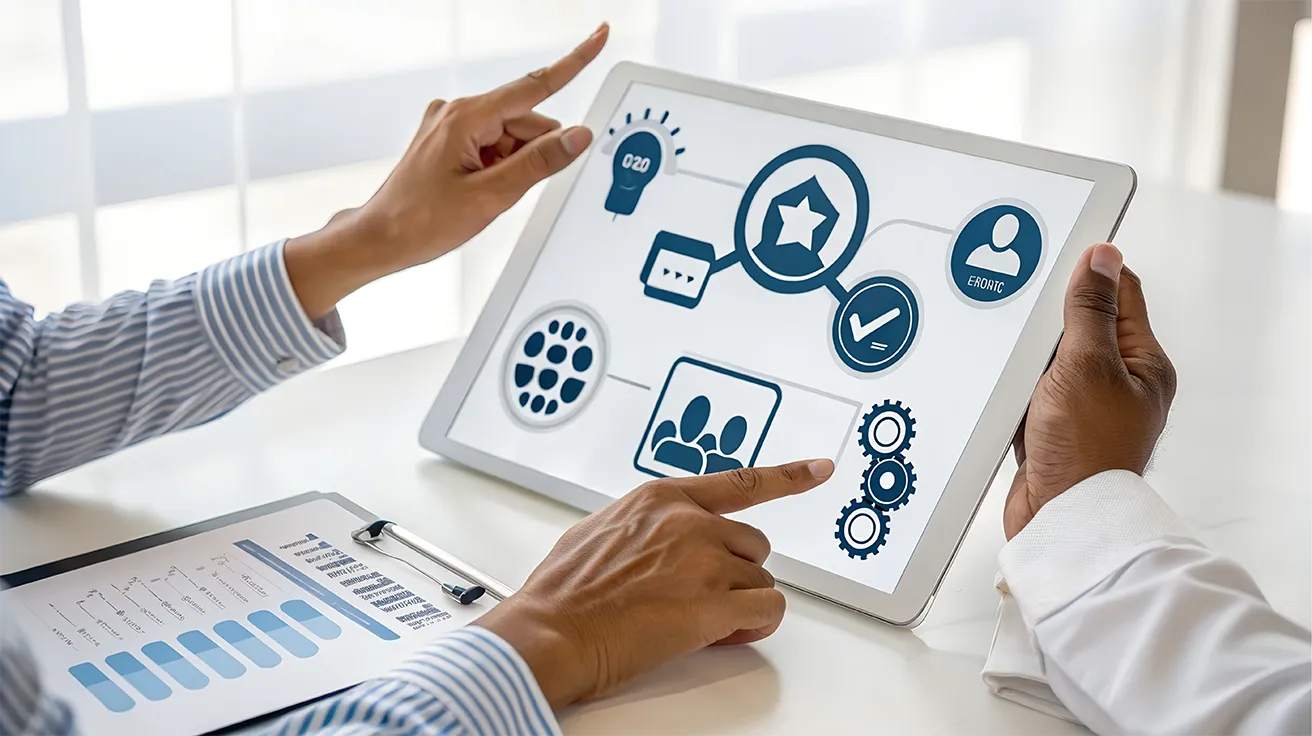No products in the cart.

Central Location Testing (CLT) is a market research methodology that gathers participants in a controlled environment to evaluate products, services, or concepts. This approach is particularly relevant in product testing, allowing for direct observation of participant reactions, thus leading to more reliable and actionable insights.
2. CLT Research Methodology
What is Central Location Test (CLT)?
Central Location Testing involves bringing together a group of participants to a specific location where they are exposed to stimuli (such as new products or advertisements) and asked to provide feedback. This method allows researchers to control the environment, reducing external variables that could influence the results.
Historical Development of CLT
CLT has evolved from traditional market research techniques where in-person interviews were common. Over the years, technological advancements have improved the process, making it more efficient and cost-effective.
Key Features of CLT Methodology
Key features of CLT include controlled settings, real-time feedback collection, and the ability to observe participant behavior closely. This methodology is particularly useful for sensory evaluations, such as taste tests, where the environment can significantly impact the results.
3. Advantages of Central Location Testing
High Control Over Variables
One of the primary advantages of CLT is the high level of control it offers over external variables. This ensures that the data collected is as accurate and reliable as possible.
Cost-Effectiveness
Compared to other research methods, CLT can be more cost-effective, especially when dealing with large samples or multiple product variations.
Enhanced Data Accuracy
The controlled environment of CLT leads to higher data accuracy as it minimizes the influence of external factors that could skew the results.
Better Participant Engagement
Participants in a CLT are more engaged as they are in a controlled setting designed to focus their attention on the task at hand.
4. Central Location Testing Process
Planning and Designing the Test
The first step in the CLT process involves meticulous planning and design. This includes defining the objectives, selecting the stimuli, and designing the questionnaires or tasks.
Recruiting Participants
Participant recruitment is crucial in CLT, as the quality of insights depends on having a representative sample. Recruitment strategies may include online panels, social media, or direct invitations.
Conducting the Test
During the test, participants are exposed to the stimuli and asked to provide feedback. The setting is controlled to ensure consistency across all participants.
Data Collection Methods
Data collection in CLT can be done through various methods, including surveys, interviews, or direct observation. The choice of method depends on the objectives of the research.
5. Central Location Test Facilities
Essential Features of CLT Facilities
A well-equipped CLT facility should have the necessary infrastructure to conduct tests efficiently. This includes rooms for individual or group testing, equipment for capturing data, and comfortable environments to ensure participants’ focus.
Equipment Used in CLT
The equipment used in CLT varies depending on the nature of the test. For example, sensory tests might require specialized tools for measuring taste or smell, while product testing might need display units or interactive setups.
Example of a Well-Equipped CLT Facility
A prime example of a CLT facility might include state-of-the-art sensory booths for taste tests, high-quality audio-visual equipment for ad testing, and comfortable spaces for focus groups.
6. CLT Study Design
Types of Study Designs Used in CLT
CLT studies can be designed in various ways, including within-subjects, where participants are exposed to all stimuli, or between-subjects, where different groups are exposed to different stimuli.
Sampling Methods
Sampling in CLT is crucial to ensure that the findings are representative of the target population. Common methods include random sampling, stratified sampling, or convenience sampling.
Designing Questionnaires and Materials
The design of questionnaires and other materials is vital in CLT. Questions should be clear, unbiased, and aligned with the research objectives.
7. CLT Data Analysis
Data Processing Techniques
Data processing in CLT involves cleaning and organizing the collected data to make it ready for analysis. This step ensures that the data is accurate and free of errors.
Statistical Tools Used in CLT
Common statistical tools used in CLT include SPSS, R, or Excel. These tools help in analyzing the data to identify trends, patterns, and significant findings.
Interpreting CLT Results
Interpreting the results of a CLT involves understanding the data in the context of the research objectives. This may include identifying key insights, drawing conclusions, and making recommendations.
8. CLT vs. Online Surveys
Comparison of Methodologies
While both CLT and online surveys are valuable research methods, they differ in their approach. CLT offers a controlled environment, while online surveys provide a broader reach.
Pros and Cons of Each Method
The pros of CLT include higher data accuracy and control, while its cons may involve higher costs and time consumption. Online surveys, on the other hand, are more cost-effective and quicker but may suffer from lower engagement and response quality.
Situations Best Suited for CLT or Online Surveys
CLT is best suited for sensory evaluations or product testing, where control over the environment is critical. Online surveys are ideal for gathering large-scale data quickly and efficiently.
9. CLT Focus Groups
Role of Focus Groups in CLT
Focus groups in CLT allow for in-depth discussions among participants, providing richer insights than quantitative methods alone.
Designing a CLT Focus Group Session
Designing a focus group session involves selecting participants, creating discussion guides, and facilitating the session to encourage open and honest feedback.
Analyzing Focus Group Data
Analyzing focus group data requires identifying common themes, sentiments, and opinions expressed by participants, which can then be used to inform decisions.
10. Expert Insights or Case Studies
Industry Expert Opinions on CLT
Industry experts highlight the value of CLT in providing reliable and actionable insights, particularly in product testing and sensory evaluations.
Case Studies of Successful CLT Implementation
Case studies, such as those from the FMCG sector, demonstrate how CLT has been effectively used to launch successful products by gathering early feedback and refining offerings.
11. Future Outlook or Practical Applications
Emerging Trends in CLT
Emerging trends in CLT include the use of virtual reality (VR) to simulate environments and the integration of AI for data analysis.
Practical Applications of CLT Research
Practical applications of CLT research extend beyond product testing to include areas like advertising, packaging, and even political campaigns, where understanding consumer reactions is crucial.
12. Conclusion
Summary of Key Points
Central Location Testing remains a vital tool in market research, offering unparalleled control and accuracy in data collection. Its methodology, facilities, and applications make it indispensable for brands looking to make data-driven decisions.
Final Thoughts and Call-to-Action
As market research continues to evolve, CLT will remain relevant, particularly as new technologies enhance its capabilities. Brands are encouraged to consider CLT for their next research project to gain deeper insights into consumer behavior.
 Demos
Demos  Docs
Docs  Support
Support 




